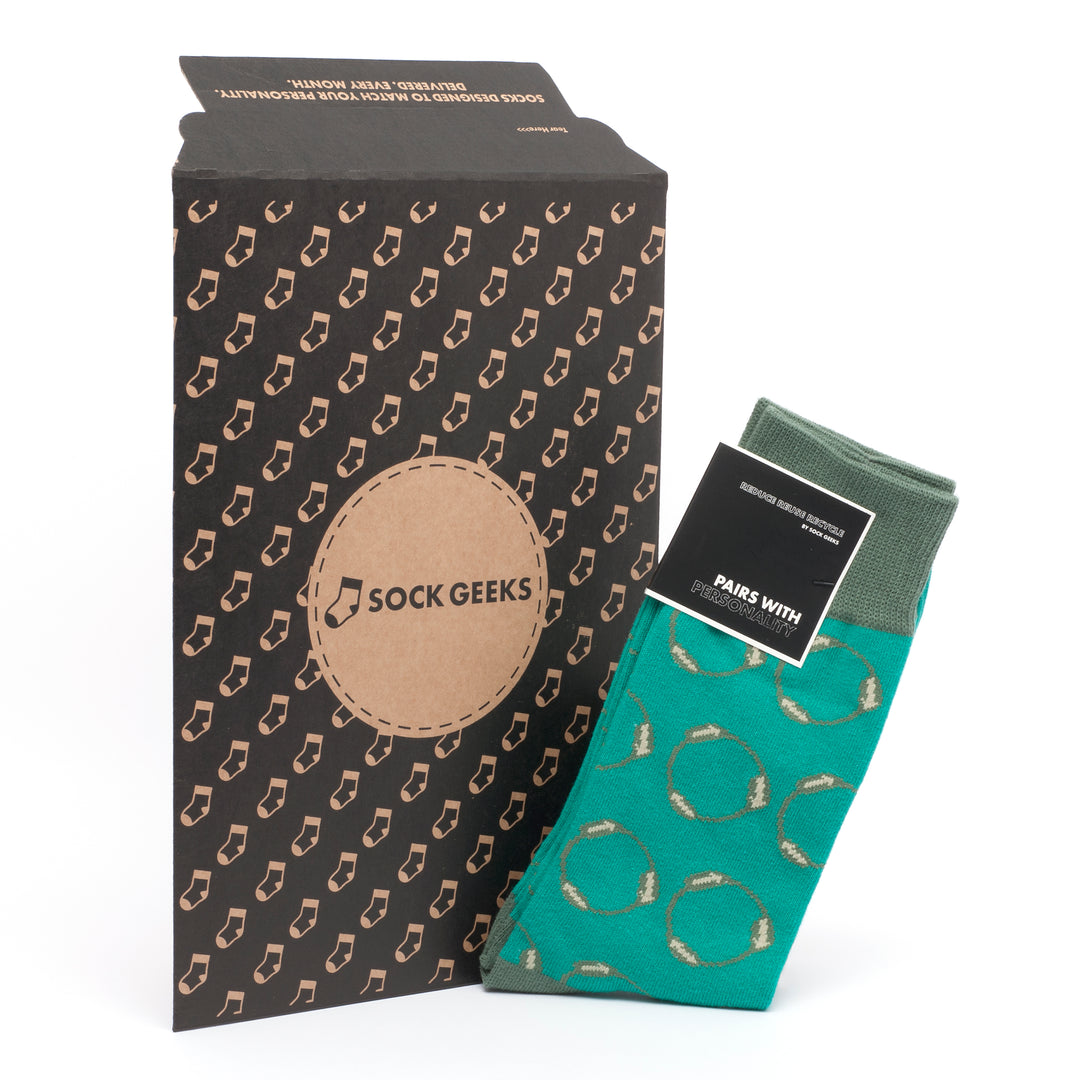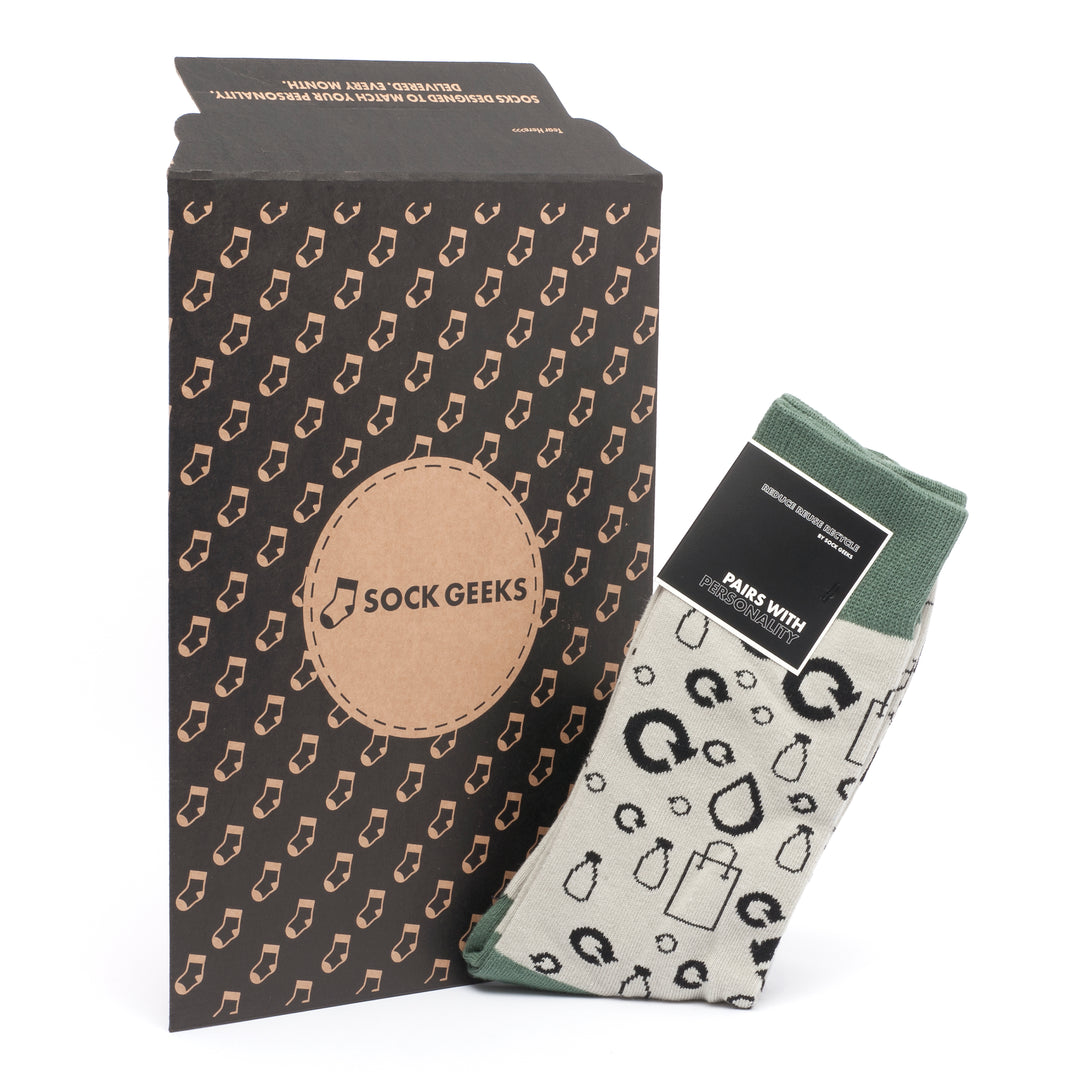Maximising Health and Comfort
Ever wondered how keeping your feet warm could impact your overall well-being, foot conditions, foot problems, diabetes? From improved circulation to better sleep quality, the benefits of maintaining warm feet extend far beyond just comfort. In this post, we'll dive into the surprising advantages that come with ensuring your tootsies stay nice and toasty. So, if you've ever pondered about the perks of snug socks or heated slippers for cold feet, you're in for a treat.
Exploring the Importance of Foot Warmth
Impact on Overall Well-being
Maintaining warm feet is crucial for overall well-being. Cold feet can lead to discomfort and affect daily activities. Research suggests that cold extremities can impact body temperature, causing the body to work harder to maintain its core temperature, which may lead to fatigue and reduced energy levels.
It's essential to understand how cold feet are linked to various foot conditions and problems. For instance, prolonged exposure to low temperatures can increase the risk of developing conditions such as frostbite or exacerbate existing issues like poor circulation or arthritis in the feet.
Connection with Comfort
The connection between foot warmth and comfort cannot be overstated. Imagine coming home after a long day in the cold, slipping into warm socks or enjoying a soothing foot bath—the immediate relief and relaxation experienced underscore the importance of keeping your feet warm.
Recognising this significance is especially vital during colder seasons when individuals are more susceptible to experiencing chilly extremities due to environmental factors. Taking proactive measures such as wearing appropriate footwear and using warming techniques can greatly enhance one's comfort level throughout the day.
Benefits of Warm Feet for Overall Health
Improved Blood Circulation
Keeping feet warm is crucial for maintaining good blood circulation. When your feet are warm, the blood vessels dilate, allowing blood to flow more freely throughout the body. This improved circulation ensures that all organs receive an adequate supply of oxygen and nutrients, promoting overall health.
Adequate blood flow also helps in regulating body temperature and preventing conditions such as cold hands and feet. For example, wearing warm socks or using a foot warmer can help maintain optimal foot temperature, leading to better circulation and warmth throughout the body.
Enhanced Immune System
Maintaining warm feet contributes to a robust immune system. The body's defense mechanisms rely on efficient circulation to transport immune cells and antibodies to areas where they're needed most. By ensuring that your feet stay warm, you're supporting this process and reducing the likelihood of falling ill.
For instance, during colder months or in chilly environments, it's essential to wear appropriate footwear like insulated boots or thermal socks to keep your feet adequately warm, thus bolstering your immune defences against common illnesses like colds and flu.
The Role of Proper Winter Footwear
Importance of Insulated Footwear
Choosing the right footwear is crucial. Insulated footwear plays a significant role in maintaining adequate warmth for the feet. This type of footwear is designed to provide an additional layer of protection against cold temperatures, ensuring that the feet remain comfortably warm even in chilly weather conditions.
Insulated shoes are specifically crafted using materials that offer exceptional heat retention properties, effectively shielding the feet from harsh outdoor elements. These materials act as barriers against extreme cold and help trap body heat within the shoes, preventing it from escaping into the surrounding environment. As a result, insulated footwear helps maintain a comfortable temperature inside the shoes while protecting against potential frostbite or discomfort caused by exposure to low temperatures.
Selecting appropriate insulated footwear ensures that individuals can engage in various outdoor activities without worrying about their feet getting cold or uncomfortable due to inclement weather conditions such as snow, ice, and sleet. Whether walking through snowy streets or participating in winter sports, having properly insulated footwear enables people to enjoy these activities while keeping their feet warm and protected from adverse winter effects.
Waterproof and Breathable Materials
In addition to insulation, waterproof and breathable materials are essential features when selecting suitable winter footwear. Waterproofing prevents moisture from seeping into the shoes when walking on wet surfaces or through melting snow. On the other hand, breathability allows excess heat and sweat to escape from inside the shoes without letting external moisture penetrate them.
The combination of insulation with waterproof and breathable properties creates an ideal environment for maintaining foot warmth during colder seasons. It not only keeps out external elements like snow but also allows internal moisture to evaporate efficiently—preventing dampness which could lead to discomfort or chilling sensations for those wearing them.
Maintaining Dry and Warm Feet for Comfort
Importance of Keeping Feet Dry
Keeping your feet dry is crucial in retaining warmth, especially during cold weather. Moisture can make your feet feel colder, so it's essential to keep them dry to maintain a comfortable temperature. When moisture builds up in your socks or shoes, it can lead to discomfort and even contribute to conditions like athlete's foot.
Moisture-wicking socks are an excellent way to keep your feet dry and warm. These specially designed socks draw moisture away from the skin, helping to prevent dampness that could cause discomfort or chilliness. By utilising moisture-wicking socks, you can ensure that your feet stay drier for longer periods, supporting their overall warmth and comfort.
Importance of Proper Ventilation
Proper ventilation is also key in preventing moisture build-up within footwear. Without adequate airflow, sweat from the feet has nowhere to escape, leading to dampness inside the shoes or boots. This can result in cold and clammy feet which are uncomfortable and may increase the risk of developing certain foot conditions.
Ventilated footwear allows air circulation around the feet, reducing the likelihood of excessive sweating and subsequent moisture accumulation. This helps maintain a more comfortable environment for the feet by promoting dryness through improved airflow.
Impact of Warm Feet on Mental Well-being
Improved Mood
Keeping feet warm can have a significant impact on mental well-being. When our feet are warm, it sends signals to the brain that everything is okay, leading to an improved mood. This is because warmth triggers the release of endorphins, which are known as "feel-good" hormones. Endorphins help reduce feelings of sadness and anxiety, promoting a sense of happiness and overall well-being.
For example, imagine coming home after a long day and slipping into cosy socks or warming up by the fireplace. The immediate feeling of relief and comfort can instantly lift your spirits and make you feel more content.
Reducing Stress and Anxiety
In addition to improving mood, warm feet play a key role in reducing stress and anxiety levels. When our feet are cold, it can lead to discomfort and tension throughout the body. However, by keeping them warm with appropriate footwear or heated blankets, we promote relaxation within ourselves.
This reduction in physical discomfort contributes to lower stress levels overall. It's like unwinding after a stressful day; once your feet are comfortably warm, it's easier for your mind to follow suit.
Avoiding Health Risks by Keeping Feet Cosy
Preventing Frostbite
Keeping your feet warm is crucial in preventing frostbite. When your feet are exposed to extremely cold temperatures, the blood vessels constrict, reducing blood flow and increasing the risk of tissue damage. By wearing warm socks and appropriate footwear, you can maintain adequate warmth and protect your feet from this painful condition.
Frostbite symptoms include numbness, tingling, and discolouration of the skin. If left untreated, it can lead to severe complications such as infection or even amputation. Therefore, ensuring that your feet stay warm is essential for avoiding these distressing consequences.
Minimising Cold-Related Foot Injuries
Another benefit of keeping your feet warm is minimising the risk of cold-related foot injuries. When exposed to cold for prolonged periods without adequate protection, there's a higher likelihood of developing conditions like chilblains or trench foot, which can cause discomfort and pain.
Tips for Keeping Feet Toasty in Cold Weather
Layering Socks
Layering socks is a simple and effective way to keep your feet warm in cold weather. By wearing a thin, moisture-wicking sock as the base layer and then adding a thicker, insulating sock on top, you create an extra barrier against the cold. This helps to trap heat close to the skin and provides better insulation for your feet.
For example, you can start with a pair of merino wool or synthetic fibre socks as the first layer to wick away sweat from your skin. Then, add a pair of thick thermal socks made from materials like fleece or wool on top for added warmth. This combination creates an efficient system for keeping your feet cosy even in freezing temperatures.
Heated Insoles or Foot Warmers
Using heated insoles or foot warmers is another excellent way to ensure that your feet stay warm when it's cold outside. These innovative products are designed to provide constant warmth directly to your feet while you're out and about in chilly conditions. Heated insoles are often battery-powered and can be easily inserted into your shoes or boots for instant comfort.
For instance, disposable adhesive foot warmers contain natural ingredients like iron powder, water, salt, activated charcoal, and vermiculite which generate heat through oxidation when exposed to air. They can be stuck onto the bottom of your socks before putting on footwear for long-lasting warmth during outdoor activities such as hiking or skiing.
Insulated Boots
Wearing insulated boots offers superior protection against cold weather by providing an extra layer of insulation between your feet and the frigid ground. These boots are specially designed with thermal lining materials that help retain heat inside while blocking out the cold air from penetrating through.
For instance, insulated snow boots typically feature waterproof exteriors combined with advanced insulation technology such as Thinsulate™ lining which keeps warmth trapped inside without adding bulkiness. The result is snugly insulated footwear that shields against icy winds and maintains comfortable temperatures for prolonged periods outdoors.
Maximising Circulation with the Right Socks
Improved Circulation
Choosing compression socks can significantly enhance blood circulation in the feet. These specially designed socks apply gentle pressure to the legs, helping the blood vessels to work more efficiently and aiding in the return of blood to the heart. As a result, this can prevent swelling and discomfort while promoting better overall circulation.
Compression socks are particularly beneficial for individuals who spend prolonged periods sitting or standing as they help counteract gravity's effects on blood flow. By wearing compression socks, people can increase blood flow and reduce the risk of developing conditions such as deep vein thrombosis (DVT) and varicose veins.
Maximum Warmth
Utilising wool or thermal socks is an excellent way to keep your feet warm during cold weather. Wool has natural insulating properties that retain heat, keeping your feet comfortably warm without causing them to sweat excessively. Thermal socks are also designed to trap heat close to the skin, providing maximum warmth even in extremely cold temperatures.
It's crucial not only for comfort but also for avoiding any restrictions on blood flow. Ill-fitting socks can constrict blood vessels and impede healthy circulation, leading to numbness or tingling sensations in the feet. Therefore, choosing well-fitted socks is essential for maintaining optimal foot health while keeping them warm.
Closing Thoughts
Congratulations on making it to the end! Now that you understand the crucial role of keeping your feet warm, it's time to take action. Start by investing in proper winter footwear and moisture-wicking socks to maintain dry and warm feet. Remember, it's not just about comfort – it's about safeguarding your overall health and mental well-being. So, embrace the tips shared here and make sure your tootsies stay toasty this winter!
Now, go ahead and show your feet some love by implementing these tips. Your body will thank you for it! And don't forget to spread the warmth – share these insights with your friends and family so they can also reap the benefits of happy, warm feet. Keep those toes cosy and stay healthy!
Frequently Asked Questions
How does keeping feet warm contribute to overall health?
Keeping your feet warm improves blood circulation, which helps maintain optimal body temperature and supports vital organ function. It also reduces the risk of conditions like frostbite and hypothermia, promoting overall well-being.
What are the benefits of wearing proper winter footwear?
Proper winter footwear provides insulation, traction, and protection from cold-related injuries. It keeps your feet dry and warm, reducing the likelihood of discomfort or health issues caused by exposure to cold temperatures.
How can warm feet positively impact mental well-being?
Warm feet can have a soothing effect on your mind, providing comfort and relaxation. By maintaining warmth in your extremities, you promote a sense of security and contentment that contributes to positive mental well-being.
What are some tips for keeping feet toast in cold weather?
Wearing moisture-wicking socks, insulating shoes or boots, using foot warmers, and avoiding prolonged exposure to damp or chilly conditions are effective ways to keep your feet comfortably warm during colder seasons.
Why is maximising circulation important when choosing socks for warmth?
Choosing socks that maximise circulation helps prevent numbness and tingling in the feet by ensuring adequate blood flow. This promotes warmth while reducing the risk of conditions related to poor circulation.




















Leave a comment